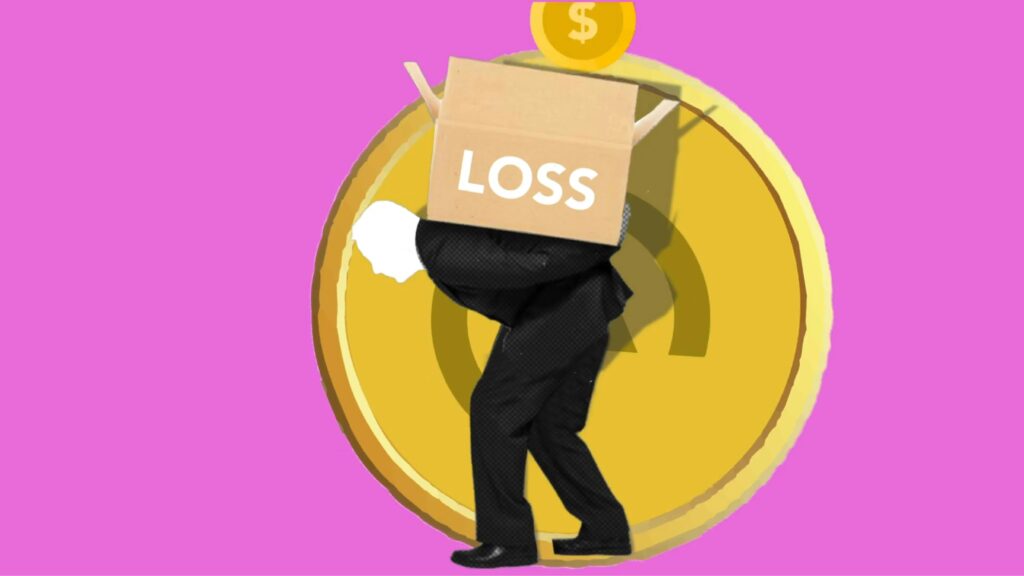
Building a successful investment portfolio requires more than picking the “right” stocks, bonds, or funds. Your risk tolerance—your ability and willingness to handle the ups and downs of the market—plays a crucial role. If your portfolio doesn’t align with your risk tolerance, you might experience stress and make impulsive decisions that undermine your financial goals. So, how can you determine whether your portfolio is too risky and assess your risk tolerance? Let’s break down the steps to find your comfort level with risk and ensure your investments work for you.
Step 1: Understand What Risk Tolerance Means
Risk tolerance measures how much volatility you can handle in your investments. In simple terms, it gauges how comfortable you feel when the value of your portfolio fluctuates. People generally fall into three main categories:
- Conservative: You prioritize preserving capital over growth, even if it means lower returns. You prefer low-risk assets like bonds and dividend stocks.
- Moderate: You can accept some market volatility for potentially higher returns. You might invest in a mix of stocks and bonds.
- Aggressive: You focus on maximizing growth and accept significant volatility. High-growth stocks and alternative investments make up a larger portion of your portfolio.
Knowing where you fall on this spectrum is key. If you invest aggressively but have a conservative mindset, market downturns could cause unnecessary stress, leading to panic-selling or missed opportunities.
Step 2: Assess Your Financial Goals and Timeline
Your financial goals and timeline heavily influence your ideal risk tolerance. Longer investment timelines allow you to recover from market dips and take advantage of compounding growth. For example:
- Short-Term Goals (1-5 years): If you need money soon, you’ll want to minimize risk. Volatile investments could mean withdrawing funds at a loss.
- Medium-Term Goals (5-10 years): With more time, you can take on a moderate amount of risk, knowing there’s time to recover from market fluctuations.
- Long-Term Goals (10+ years): Longer horizons allow you to weather market ups and downs. A higher-risk portfolio with growth-oriented investments may make sense.
Align your portfolio’s risk level with your timeline. If you’re planning for retirement in 20 years, you might handle more risk than someone saving for a down payment in three years.
Step 3: Consider Your Emotional Comfort with Risk
Financial decisions involve more than just numbers; emotions play a significant role. Here are questions to help you gauge your emotional comfort with investment risk:
- How did you react to past market downturns? Think back to periods of market volatility. Did you stay calm, or did you feel anxious and tempted to sell?
- How do you feel about losses? If a portion of your portfolio drops in value, would you feel comfortable riding it out or would you feel pressured to cut losses?
- Do you follow the market closely? Frequent checking may indicate discomfort with volatility. Investors who constantly monitor their portfolio might need a less risky approach.
Self-awareness matters in investing. If you know that losses make you uneasy, adjust your portfolio to include more stable assets like bonds, even if it means sacrificing some potential gains.
Step 4: Evaluate Your Current Portfolio’s Risk Level
Analyzing your portfolio’s composition helps you see if your investments match your comfort with risk. Here’s a basic approach:
- Review Your Asset Allocation: The mix of stocks, bonds, and other investments in your portfolio largely determines its risk level. Stocks carry higher risk but often yield higher returns, while bonds tend to be more stable.
- Analyze Individual Investments: Even within asset classes, risk varies. Growth stocks, for instance, typically fluctuate more than blue-chip stocks. Similarly, high-yield bonds carry more risk than government bonds.
- Check Historical Volatility: Look at your portfolio’s past performance during market downturns. Investments that lost significant value may indicate higher risk, especially if you hold a large portion of them.
Many online tools and financial platforms offer risk assessment features that can help you analyze your portfolio’s volatility and project how it may respond under different market conditions.
Step 5: Make Adjustments to Align with Your Risk Tolerance
If your portfolio doesn’t match your risk tolerance, it’s time to make adjustments. Here are some strategies:
- Increase Bond or Cash Holdings: Shifting some funds from stocks to bonds or cash can stabilize your portfolio and lower volatility.
- Consider Dividend Stocks or ETFs: Dividend-paying stocks provide regular income, which can offset some market losses. Dividend-focused ETFs also provide a steady income stream and tend to be less volatile.
- Diversify: A well-diversified portfolio reduces exposure to any single asset class or investment. Including different sectors, geographic regions, and asset classes can lower overall risk.
- Rebalance Regularly: Over time, market fluctuations will shift your portfolio’s asset allocation. Periodically rebalancing your portfolio back to your desired mix can help maintain your risk level.
Final Thoughts
Assessing your investment risk tolerance is essential for maintaining a balanced, stress-free approach to investing. By understanding your comfort with market fluctuations, aligning your portfolio with your financial goals, and making adjustments when needed, you can create an investment strategy that suits your unique needs.
Remember, your risk tolerance may change over time as your financial situation and goals evolve. Revisit your tolerance and portfolio regularly to ensure you stay on track, even as market conditions shift. A balanced portfolio that aligns with your risk tolerance isn’t just smart investing—it’s a way to enjoy peace of mind on your financial journey.